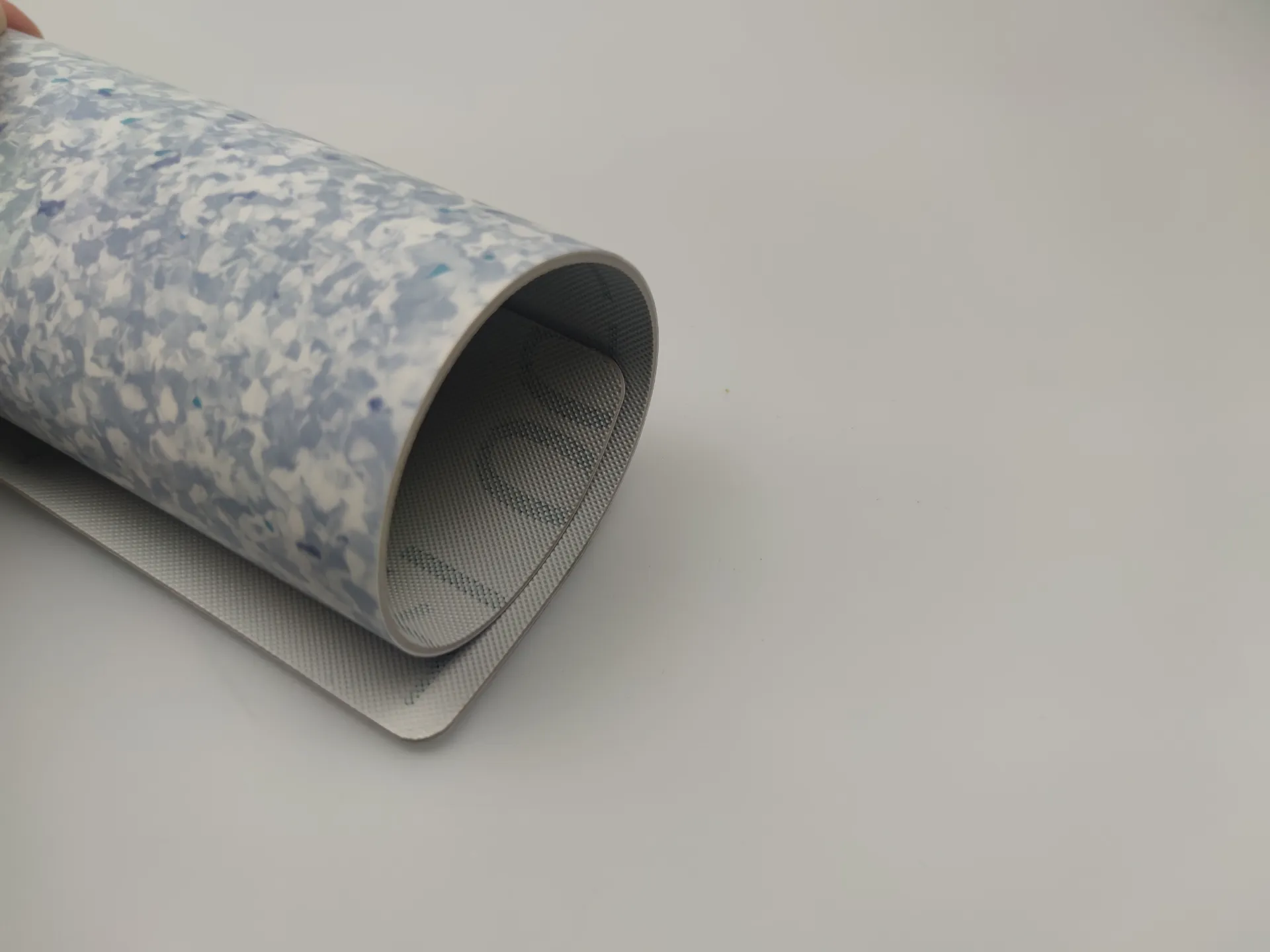vinyl lino
Vinyl and linoleum, often referred to simply as “lino,” are two popular flooring materials that have been widely used in both residential and commercial spaces for decades. While they may share some similarities, they each possess unique characteristics that make them suitable for various applications and preferences.
.
On the other hand, linoleum is a natural product made from renewable materials such as linseed oil, cork dust, wood flour, and pigments. This eco-friendly approach appeals to environmentally conscious consumers. Linoleum is known for its durability and unique texture, which can provide a warm and inviting atmosphere. It is also biodegradable and can last for decades when properly maintained, making it a sustainable flooring option. However, linoleum is more susceptible to water damage compared to vinyl, so careful installation and maintenance in moisture-prone areas are necessary.
vinyl lino

When it comes to installation, both vinyl and linoleum offer relative ease. Vinyl can often be installed as a floating floor or glued down, depending on the specific product. Linoleum, while also flexible in installation methods, usually requires more precise subfloor preparation due to its thickness and material properties.
Cost-wise, vinyl flooring tends to be more affordable upfront, whereas linoleum can be a bit more of an investment due to its natural materials and longevity. However, considering the longevity and reduced maintenance of linoleum, the overall cost can be comparable over time.
In conclusion, choosing between vinyl and linoleum flooring largely depends on individual preferences, specific room requirements, and eco-conscious values. Both materials offer beautiful aesthetics, practicality, and durability, making them worthy contenders in today’s flooring market. Whether one opts for the colorful versatility of vinyl or the organic charm of linoleum, either choice can create a stunning foundation for any home's interior.
-
SPC FlooringJun.24,2025
-
Bathroom Wall CoveringsJun.24,2025
-
Why Dry Back LVT Flooring Is the Smart Choice for Modern InteriorsJun.05,2025
-
Transform Your Interiors with Elegant Luxury Vinyl Flooring OptionsJun.05,2025
-
The Rise of SPC Vinyl Flooring: A Modern Solution for Durable and Stylish SpacesJun.05,2025
-
Click LVT Flooring: The Perfect Blend of Style, Strength, and SimplicityJun.05,2025




